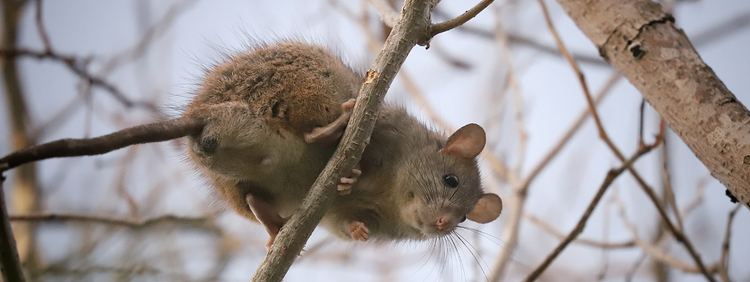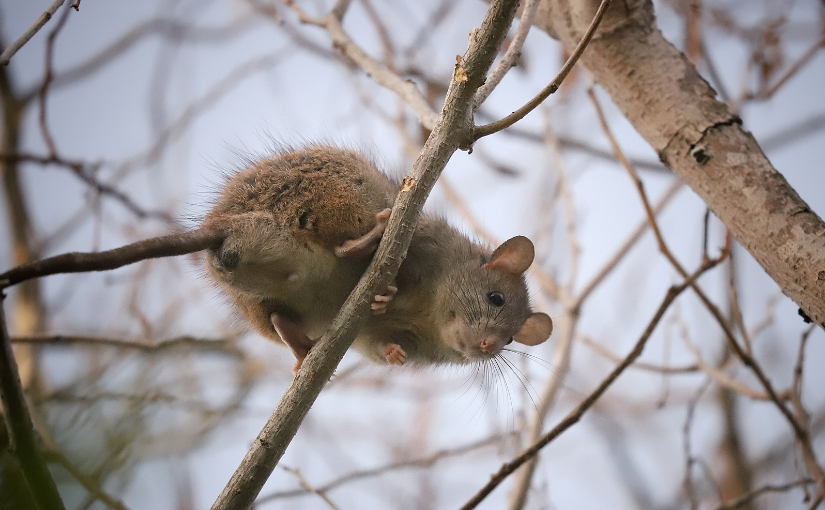
To protect your home against rat infestations, you need to hire rat pest control in Cambridge. Like other rodents, rats reproduce quickly and can cause significant property damage. Also, the animal can transmit various diseases to your family or pets.
While it is important to remove or eliminate infestations, it is also crucial to identify the specific species of rat. For example, roof rats are larger and may be more problematic than other rat species.
What Are Roof Rats and What Do They Look Like?
Also known as fruit, ship, palm, or Alexandrian rat, roof rats are a subspecies of the rat family. Like Norway rats, they are stockier; however, they are smaller than Norway rats with longer tails. A full-grown roof rat can weigh 5 oz or more and can reach lengths of 18 inches.
The rats are usually black with smooth fur. Another key difference between roof rats and Norway rats is their body shape. Roof rats are smaller and sleeker, with large ears and pointy faces. They also have minimal hair.
Where Might You Find Roof Rats Around Your Property?
Roof rats are capable climbers and prefer to build nests above ground. Residential pest control services typically find the animals’ nests in shrubs, trees, dense vegetation, and wood piles. If the rats find a way into a house, they will usually nest in higher locations like ceilings, cabinets, attics, inside wall cavities, etc.
The animal prefers higher areas indoors because of the rising heat. That said, roof rats will also make nests in laundry rooms, garages, pool areas, and patios. As long as the area provides enough water to sustain life, the roof rat can make a home.
What Are the Signs of an Infestation?
Because roof rats are nocturnal, you will not always see them. It is possible you will hear the rodents scurrying around in your attic or walls during the night, but it is best to look for other signs of an infestation.
Rat droppings are the most obvious sign of an infestation. The droppings are about a half-inch long with pointy ends. You may find droppings along the edges of walls or near holes and openings in the structure. Other signs of roof rats include scratching and gnawing sounds at night, damage to electrical wires, chew marks around the home, grease trails, and hollowed-out fruit from fruit trees.
How Do Roof Rats Get Inside Your Home?
Roof rats have many natural predators, including snakes, coyotes, owls, birds, and other rats. Your home can represent a sanctuary for the animal. The worst part is rats don’t need a large opening to get inside your house. An opening the size of a nickel is plenty big for a roof rat.
Roof rats may find openings along the roofline, which they access by climbing vines or running over power lines. Also, the rats can climb rougher surfaces like a brick with ease. You can reduce your risk of an infestation by keeping plants and other growth trimmed away from your house. Also, maintain your yard. Rats and other pests will use the tall grass as shelter from predators; a well-kept yard is less appealing.
How Do You Get Rid of Roof Rats?
When you have a rat problem, DIY solutions are not viable; you need a home pest control service. Rat colonies are often in excess of a hundred or more rodents, and ensuring they are all out of your home is no easy feat. A professional pest control service understands the species, its behaviour, and its motivations. Contact Truly Nolen Canada and schedule a property inspection to find out how to protect your home from roof rats.
